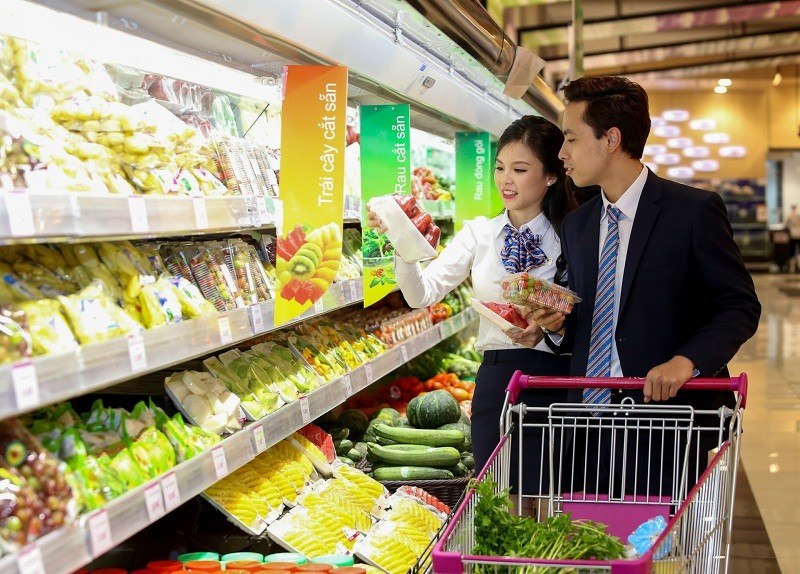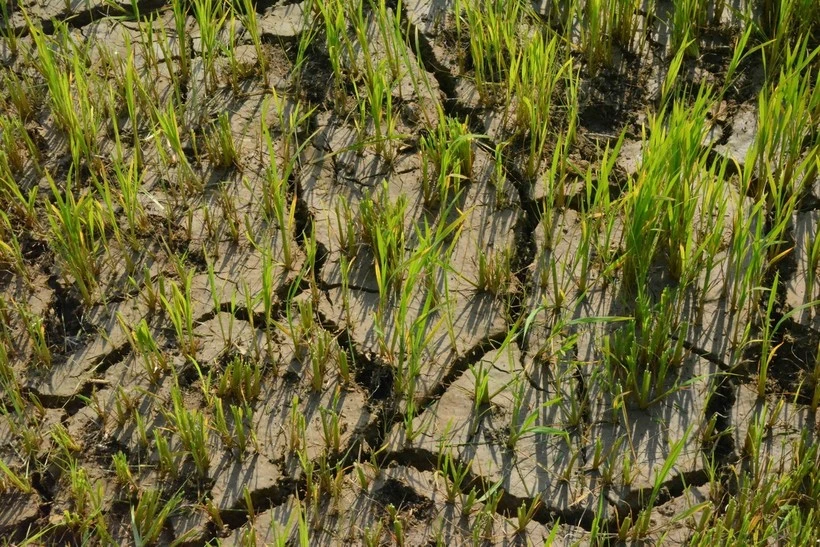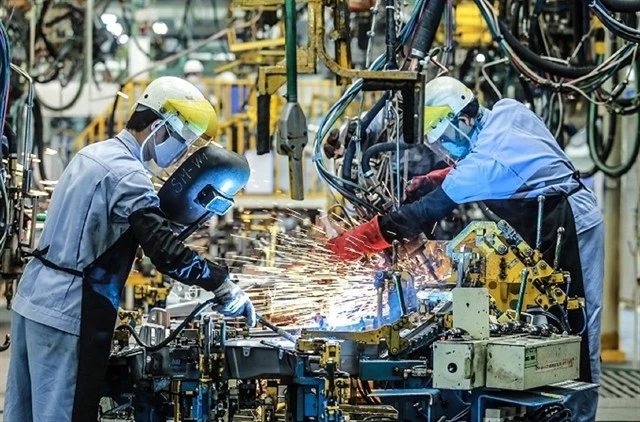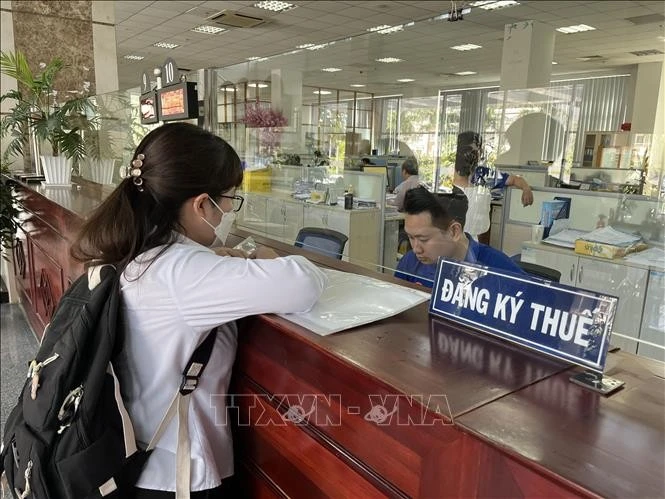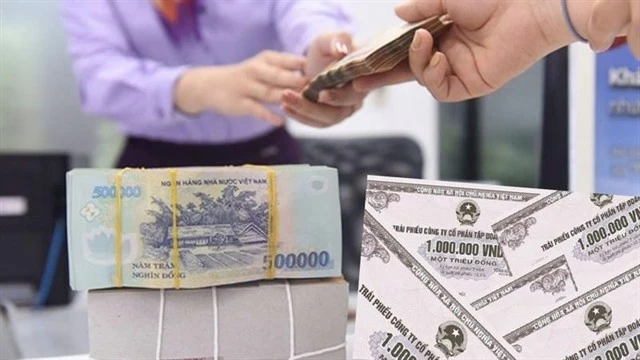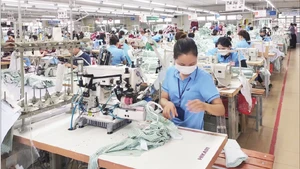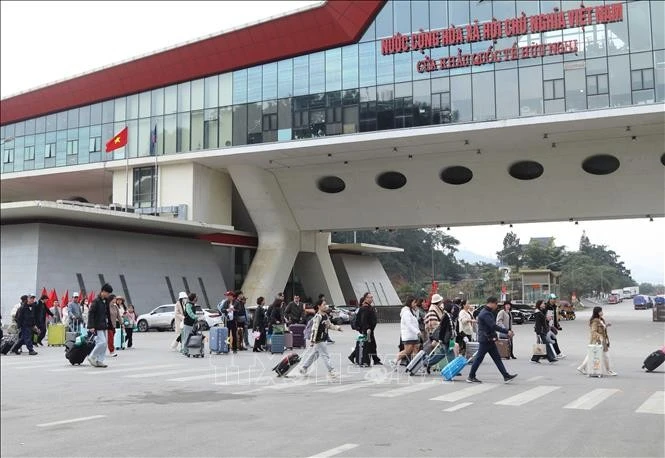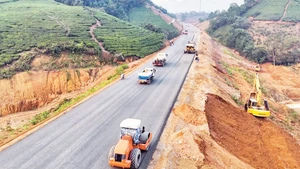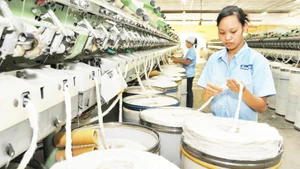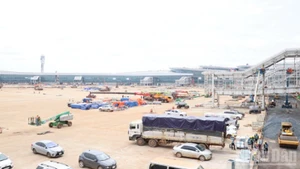Faster-than-expected growth
Commenting on Vietnam’s economic performance in the second quarter and the first six months of 2024, the GSO said the economy continued to build on the growth momentum in the first quarter. Growth in the second quarter was estimated at 6.93%, with agriculture growing by 3.34%, industry and construction by 8.29%, and services by 7.07%.
In the first half of the year, gross domestic product expanded by 6.42%, mainly driven by strong growth in the manufacturing sector.
According to Vu Mai Hanh, head of the GSO’s Department of National Accounts, based on global economic developments, Vietnam’s economic performance in the first six months of the year and an optimistic outlook in the latter half of the year, growth in all of 2024 will likely reach 6-6.5%.
Earlier this year, the government outlined two scenarios for Vietnam’s growth, at 6% and 6.5%, as targeted by the National Assembly.
The GSO expects that the Vietnamese economy will grow by 6.53% in the third quarter and 6.61% in the fourth quarter.
However, Hanh noted that Vietnam needs to address numerous challenges to reach a growth rate of 6.5%. The government needs to take bold measures to maintain macroeconomic stability, curb inflation, and pursue flexible monetary and fiscal policies in the remainder of the year.
Difficulties and solutions
According to the GSO, domestic prices remain under control but inflationary pressure is growing as the prices of government-regulated goods and services are expected to increase from now to the end of the year.
Inflationary pressure also comes from rising pork prices due to higher feed prices and the epidemic situation remaining complicated. Domestic rice prices are also expected to rise in line with export prices and wage increases.
In addition, concerns over geopolitical tensions, the conflict in the Red Sea, and the Russia-Ukraine conflict are pushing up the prices of commodities, as well as oil and transport costs, which will increase domestic production costs.
The GSO also noted that the exchange rate risks and increasing imports for production will also mount pressure on the prices of input materials.
From the perspective of enterprises, the internal strength of the economy remains weak. While the manufacturing sector is growing positively, sustainability remains limited and uneven across sub-sectors. There are also difficulties due to domestic and global demand not having recovered fully. Small and medium-sized enterprises are facing hurdles in accessing loans for their business activities.
Furthermore, the property market has showed signs of recovery but difficulties are still present, especially in the procedures to develop social housing projects, as well as those concerning liquidity and money flows.
Therefore the GSO recommends a proactive response to arising risks and focusing on policies to address the difficulties facing enterprises.
The statistical agency also called for measures to expand markets, apply science and technology to enhance product quality and competitiveness, and create product distribution channels on digital platforms.
It is also necessary to advance new engines of growth, including the green economy, digital economy, circular economy, and knowledge economy, as well as emerging sectors such as semiconductor and artificial intelligence.
